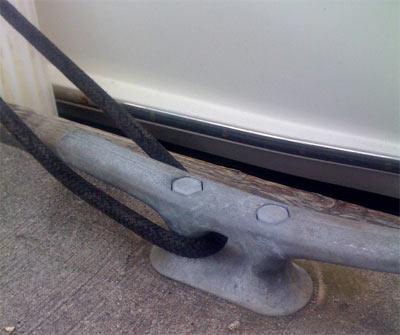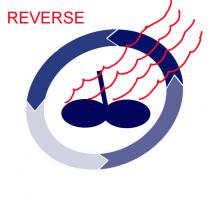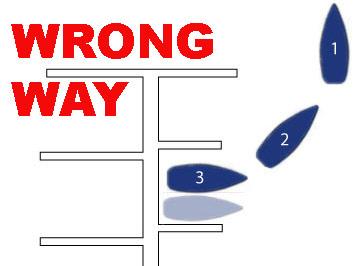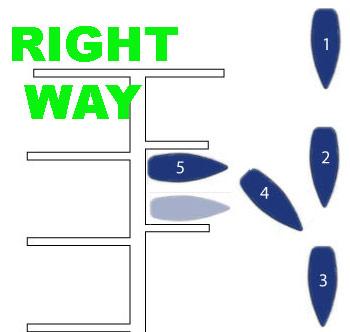when staring at a boat and wondering how she'll handle, one of the first questions at a
basic basic level (the best level to begin by the way) should involve how much of the boat is
IN the water and how much is
ON the water
large, heavy boats that displace a lot of water are effectively
IN the water and behave very differently than lighter boats that sit mostly
ON the water
HOW do you use this concept?
as you turn, boats that are
ON the water, offering less lateral resistance, will slide sideways MORE than boats that are heavier and offer greater resistance
as you approach the dock, knowing how much sideways distance is involved can mean the difference between
docking in style and something that more closely resembles a
crash
but even different ends of the same boat will behave differently - in our
DOCKING clinic, we show (with certain
pizzazz)Â the difference between the pointy end and the blunt end when it comes to boat handling - part of the reason it is the fact there is way
MORE boat
IN the water near the stern and relatively
LESS boat
IN the water up forward at the bow ~ the bow can change direction far quicker than the stern ~ an asset in certain circumstances & a liability in others Â
NOT SOLD?
a BOW THRUSTER and a STERN THRUSTER cannot be the same size on the same boat if you want the boat to move directly sideways ~ why? ~ there's a lot more
STERN to push
case closed
TAKE IT A LITTLE FURTHER
catamarans come with inherent efficiency ~ they get stability by something very different than just displacing water - they are more
ON the water than
IN the water

lightweight
RIGID INFLATABLE BOATS (RIB's) gain stability from the pontoons, but also designs work to keep those as much out of the water as possible in ideal condtions ~ they work to stay
ON the water, but when coming off a large wave & not landing directly on centreline, the tubes kick in and hep the boat from becoming further
IN the water

at the most extremes lay the
submarine - entirely
IN the water when submerged - &
hydroplanes - working to be as far above the water as possible without losing control at the other end of the spectrum -
ON the water

hope you enjoyed this tidbit - we're very keen to show you more out ON the water soon (or IN... not sure, now we're getting confused!)





















